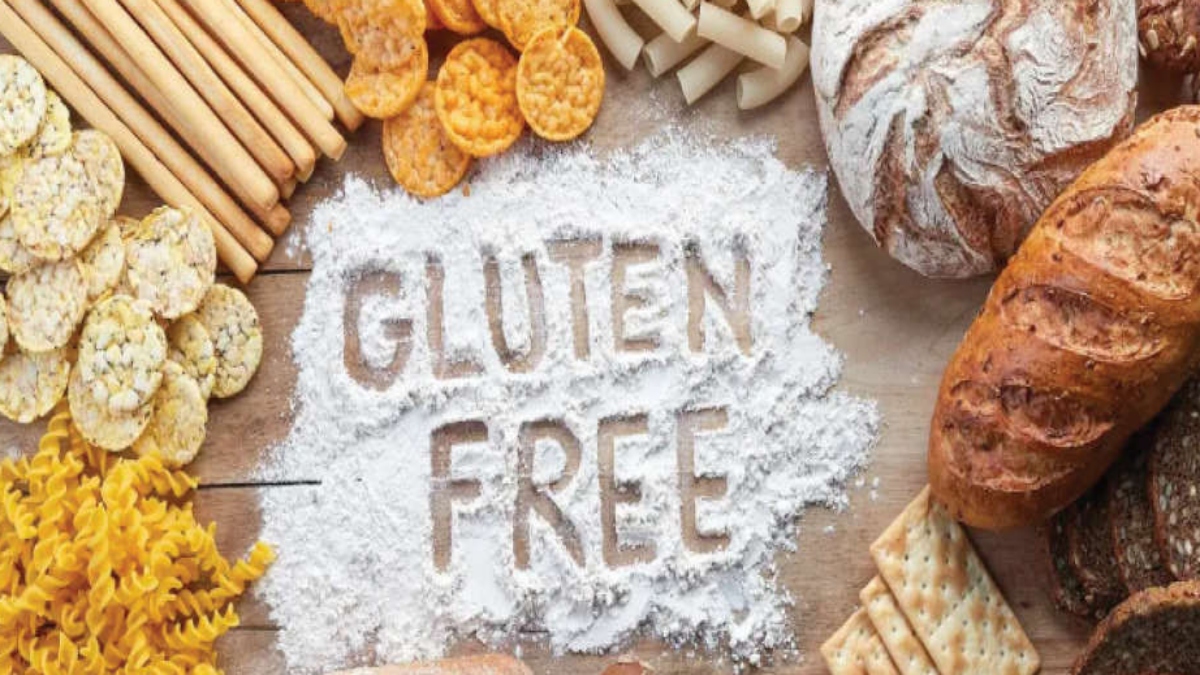
Avoiding gluten is becoming fashionable—to lose weight, some people who are not intolerant to this protein decide to stop consuming products that contain it. Shivani Sikri, Chief Nutritionist & Wellness Specialist at Nutri4Verve, discusses various aspects of gluten-free eating.
HOW DO YOU RECOGNISE GLUTEN INTOLERANCE?
“The consumption of gluten leads to inflammation of the intestinal mucosa in them and results in the destruction of the intestinal villi, allowing the body to absorb nutrients (minerals, vitamins, lipids, carbohydrates, and proteins)”. In simple words, this intolerance causes abdominal pain, diarrhoea, bloating, and vomiting. But for the majority of patients, it is asymptomatic or has atypical symptoms such as joint pain, muscle cramps, fertility problems, recurrent miscarriages, etc. In the long term, gluten intolerance, also called celiac disease, can lead to poor growth in children, fatigue, osteoporosis, autoimmune diseases, and neurological disorders.
WHY FOLLOW A GLUTEN-FREE DIET WHEN YOU ARE NOT INTOLERANT?
“Some people are hypersensitive to gluten without being intolerant to this protein.” For them, eviction has an interest because it brings them rapid intestinal well-being. But for others, going without gluten has no advantage. “If we support this protein, it is useless to remove it on the pretext that it is harmful.” “It is false,” specifies the specialist. Similarly, if it is to lose weight, it is again useless because gluten-free products or cereal replacements are just as caloric as the others. Still, if someone wants to give your gut some ease, and then appended below are tips for healthy gluten-free eating:
DECIPHER THE LABELS
Gluten gives the food a texture, and so it is used by a lot of manufacturers as their base ingredient. However, a lot of fancy meals and confectionery items now insist on and publicise being gluten-free. So look for gluten-free labels or stickers.
UNDERSTAND THAT WHEAT IS NOT EQUAL TO GLUTEN
As a thumb rule, just removing wheat or its derived products like maida, suji, bread, pasta, snack foods, etc. does not simply show that one is gluten-free. One needs to avoid rye, barley, spelt grain, Kamut, or even not-certified oats since they also have gluten.
BACK TO RAW FOOD AND HOMEMADE
There’s nothing like rediscovering the basics of a healthy diet. Celiac disease, another name for food intolerance to gluten, results in a dysfunction of the intestinal wall which reduces the absorption of nutrients (iron, vitamins A, B, E, and K, etc.). Preferring raw foods reduces the risk of ingesting gluten. Most processed products—especially low-fat ones stuffed with additives—do indeed contain gluten, in different forms. By selecting your ingredients and preparing your meals yourself, not only do you avoid consuming gluten, but you also manage the sugar and fat intake much better, and therefore the caloric value.
DISCOVER OTHER SEEDS AND CEREALS
To replace wheat and its derivatives (pasta, bread, semolina, etc.), we are, of course, thinking of rice, corn, and its derivatives (flour, polenta), or potatoes. But quinoa, millet, cassava, and buckwheat are other good alternatives. You can find them in supermarkets, in forms that are easy to cook. Therefore, consume at each meal a starch containing no gluten but in limited quantities (100 g cooked weight, 15 g if it is bread).
REHABILITATE LEGUMES
Lentils, chickpeas, or dried beans are sources of complex carbohydrates, essential fuel for the body, and are devoid of gluten. They have the advantage of being rich in vegetable proteins, fibers, B vitamins, and minerals (magnesium, etc.).
BE BACK IN THE KITCHEN
Commercial quiches, pies, cakes, pies, breadcrumbs, and pastries are prepared with wheat flour. The solution: make them yourself with buckwheat, rice, corn, and chestnut flour, which you mix to obtain textures and tastes adapted to each recipe. Alternatively, search for snacks prepared with these options.
PREFER BROWN RICE TO WHITE RICE
Ensure better intakes of B-group vitamins and minerals, largely eliminated by industrial refining. Opt for brown rice, which is rich in Vitamin B as it is a whole grain and includes fibrous bran, nutritious germ, and carb-rich endosperm. Also, brown rice is rich in magnesium, which helps control blood sugar levels.
SEPARATE FOODS WITH AND WITHOUT GLUTEN
If you wish to be a hard-core gluten-zero person, then label your kitchen boxes, if necessary, to avoid mix-ups and errors. This comes in more handy when classifying your evening snack packs or pre-cooked meal packs.
The author is Chief Nutritionist & Wellness Specialist at Nutri4V